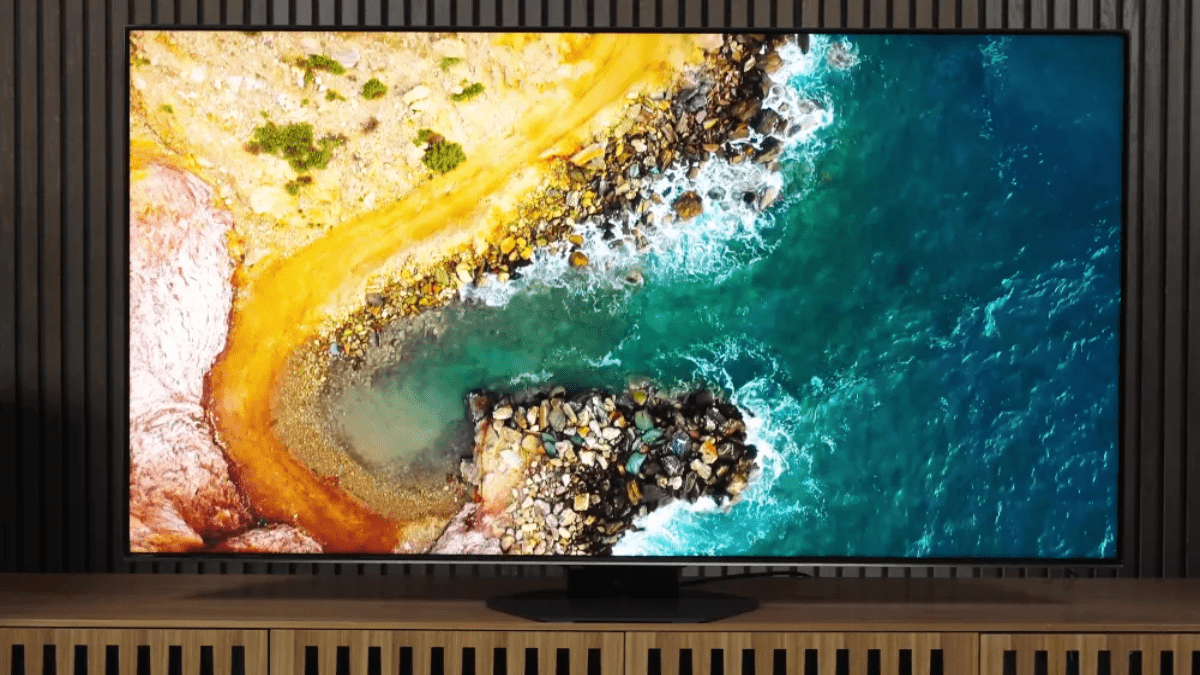
Advertisement
QLED (Quantum Dot LED) TVs represent a significant evolution in display technology, offering enhanced color and brightness compared to traditional LED-LCD TVs. Here’s a deep dive into what makes QLED unique and how it stacks up against other technologies:
What is QLED?
QLED stands for Quantum Dot LED. It’s a type of LED-LCD TV that incorporates a layer of quantum dots between the LED backlight and the LCD panel. Quantum dots are microscopic particles that, when illuminated by blue LEDs, emit their own colored light (red and green), resulting in improved color accuracy and brightness.
How It Works:
- LED Backlight: QLED TVs use blue LEDs as their light source.
- Quantum Dots Layer: These blue LEDs shine through a layer of quantum dots, which convert some of the blue light into red and green light.
- Color Filter: The resulting full-spectrum white light (from the combination of blue LEDs and quantum dots) passes through a color filter to produce accurate and vibrant colors.
Key Features of QLED:
- Improved Color Accuracy: The quantum dots provide a wider color spectrum and more accurate colors.
- High Brightness: QLEDs can achieve higher peak brightness levels, which enhances HDR (High Dynamic Range) content.
- Better Contrast: Enhanced brightness also helps in achieving better contrast, although not as deep as OLED.
QLED vs. OLED:
- OLED: Stands for Organic Light-Emitting Diode. Each pixel produces its own light, offering perfect blacks and infinite contrast ratios but can be expensive and prone to burn-in.
- QLED: Relies on an LED backlight with quantum dots to enhance color and brightness. While it can achieve high brightness and vibrant colors, it doesn’t match OLED’s black levels and contrast.
Brands and Models:
- Samsung: Popularized QLED and offers a range of models including the Samsung Neo QLED series, which uses mini-LED backlighting for even better precision.
- Sony: Uses quantum dots in its Bravia series, though they don’t always use the QLED branding.
- Hisense and TCL: Offer budget-friendly QLED options, providing good performance at lower prices.
Price Range:
- High-End Models: Can cost upwards of $4,000, especially for 8K versions and premium models.
- Budget Options: Start around $700 for 4K models, making them more accessible.
Gaming and QLED:
- Advantages: High brightness and vibrant colors enhance gaming visuals.
- Considerations: OLED is also a strong contender for gaming due to its superior contrast and refresh rates but may have burn-in risks. QLED avoids this issue and is generally more affordable.
Neo QLED:
- Next-Level QLED: Samsung’s Neo QLED introduces mini-LED backlighting, which improves local dimming and overall image quality. This tech allows for more precise control of lighting zones, resulting in better contrast and color accuracy.
QLED TVs provide a balanced mix of high brightness, vibrant colors, and improved contrast, making them a great choice for a variety of viewing experiences. For those who want to dive deeper into specific models or compare with OLED, checking recent reviews and tech specs can help in making an informed choice.
